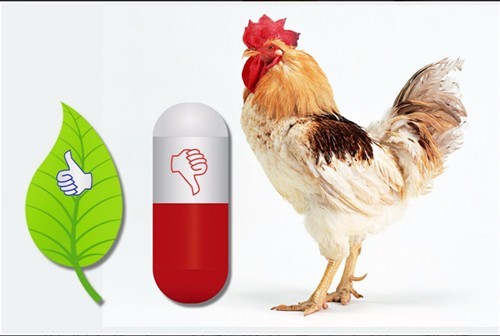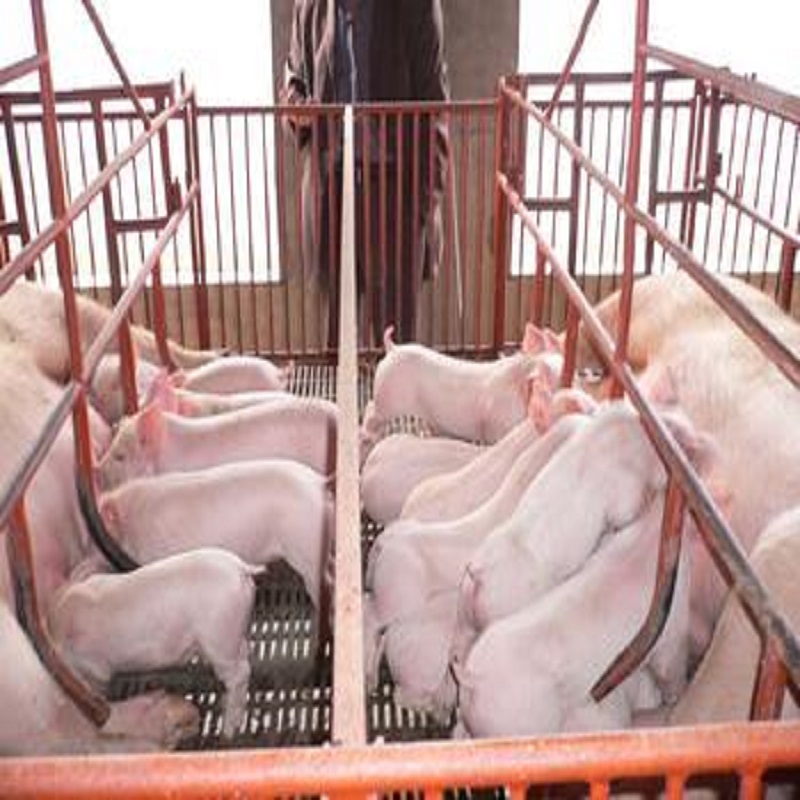The age of animal breeding without antibiotics
2020 is the watershed between the era of antibiotics and the era of non resistance. According to the Announcement No. 194 of the Ministry of agriculture and rural areas, growth promoting drug feed additives will be banned from July 1, 2020. In the field of animal breeding, it is very necessary and timely to implement feed anti-virus and breeding anti-virus. From the point of view of development, it is an inevitable trend to ban resistance in feed, reduce resistance in breeding and no resistance in food.
From the development trend of animal husbandry and animal products in the world, European and American countries often make different value differences on animal products according to the way of animal breeding. For example, in 2019, the author saw that the eggs in the U.S. market are divided into cage free plus with outdoor access (cage free plus with outdoor access), which is 18 pieces and $4.99; The other is organic free range, with 12 eggs for $4.99.
Non antibiotic animal products refer to animal products such as meat, eggs and milk, which do not contain antibiotics, that is, zero antibiotic detection.
Non antibiotic animal products can also be divided into two types: one is that animals have used antibiotics in their infancy, and the drug withdrawal period is long enough before marketing, and the final livestock and poultry products have no antibiotics detected, which is called non anti animal products; The other is pure non antibiotic animal products (non antibiotic products in the whole process), which means that animals do not contact or use antibiotics in the whole life cycle, so as to ensure that there is no antibiotic pollution in the feeding environment and drinking water, and there is no antibiotic pollution in the transportation, production, processing and sales of animal products, so as to absolutely ensure that there is no antibiotic residue in animal products.
System strategy of livestock and poultry breeding without antibiotics
Non antibiotic culture is a system engineering and technology system, which is a combination of technology and management. It can not be achieved by a single technology or substitute products. The technical system is mainly established from the aspects of biosafety, feed nutrition, intestinal health, feeding management and so on.
- Disease control technology
The main problems in the prevention and control of animal diseases should be paid more attention to in the non resistant breeding. In view of the existing problems, the corresponding improvement measures should be adopted. The emphasis is to optimize the epidemic prevention procedure, select the high-quality vaccine, and strengthen some vaccines according to the characteristics of the epidemic situation in the breeding area and environment to prevent the deficiency of immunity.
- Comprehensive intestinal health control technology
All-round refers to the intestinal tissue structure, bacteria, immune and anti-inflammatory function balance, and the destruction of intestinal toxins and other related factors of intestinal health. The gut health and immune function of livestock and poultry are the cornerstone of animal health. In practice, functional probiotics with scientific data support that can inhibit the specificity of intestinal pathogens or harmful bacteria, such as Lactobacillus bacteriophagus CGMCC no.2994, Bacillus subtilis lfb112, and anti-inflammatory peptides, antibacterial anti-virus peptides, immunodetoxification peptides, Ganoderma lucidum immune glycopeptides, and Functional fermentation feed (fermented by functional bacteria) and Chinese herbal or plant extracts, Acidifiers, toxin adsorption eliminators, etc.
- Easy to digest and absorb feed nutrition preparation technology
Non antibiotic feeding puts forward higher requirements for feed nutrition technology. The prohibition of feed resistance does not mean that feed enterprises only need to not add antibiotics. In fact, feed enterprises are facing new challenges. They not only do not add antibiotics to feed, but also feed has a certain function of disease resistance and prevention, which requires more attention to the selection of feed raw material quality, fermentation and pre digestion of raw materials Use more soluble fiber, digestible fat and starch, and reduce wheat, barley and oats; We should also use digestible amino acids with diet, make full use of probiotics (especially Clostridium butyricum, Bacillus coagulans, etc., which can tolerate granulation temperature and pressure conditions), Acidifiers, enzymes and other substitute products.

- Feeding management technology
Properly reduce the feeding density, well ventilated, check the cushion materials frequently to prevent the growth of coccidiosis, mould and harmful bacteria, control the concentration of harmful gas (NH3, H2S, indole, septic, etc.) in the livestock and poultry house, and give the temperature suitable for the feeding stage.
